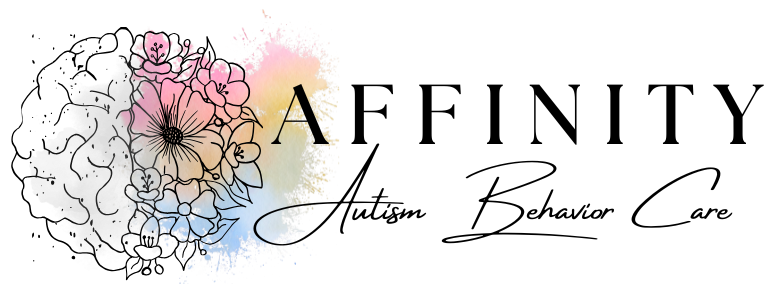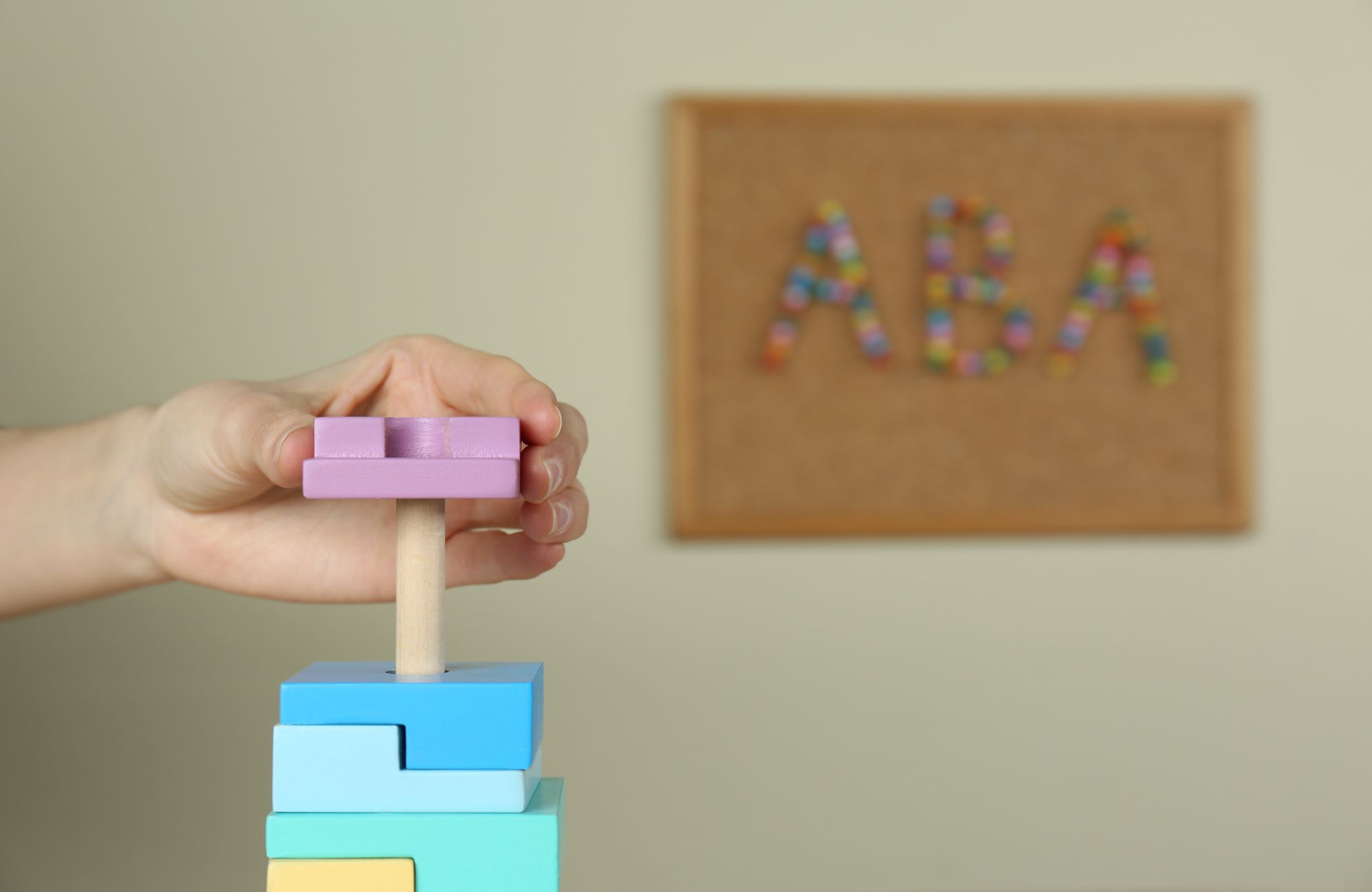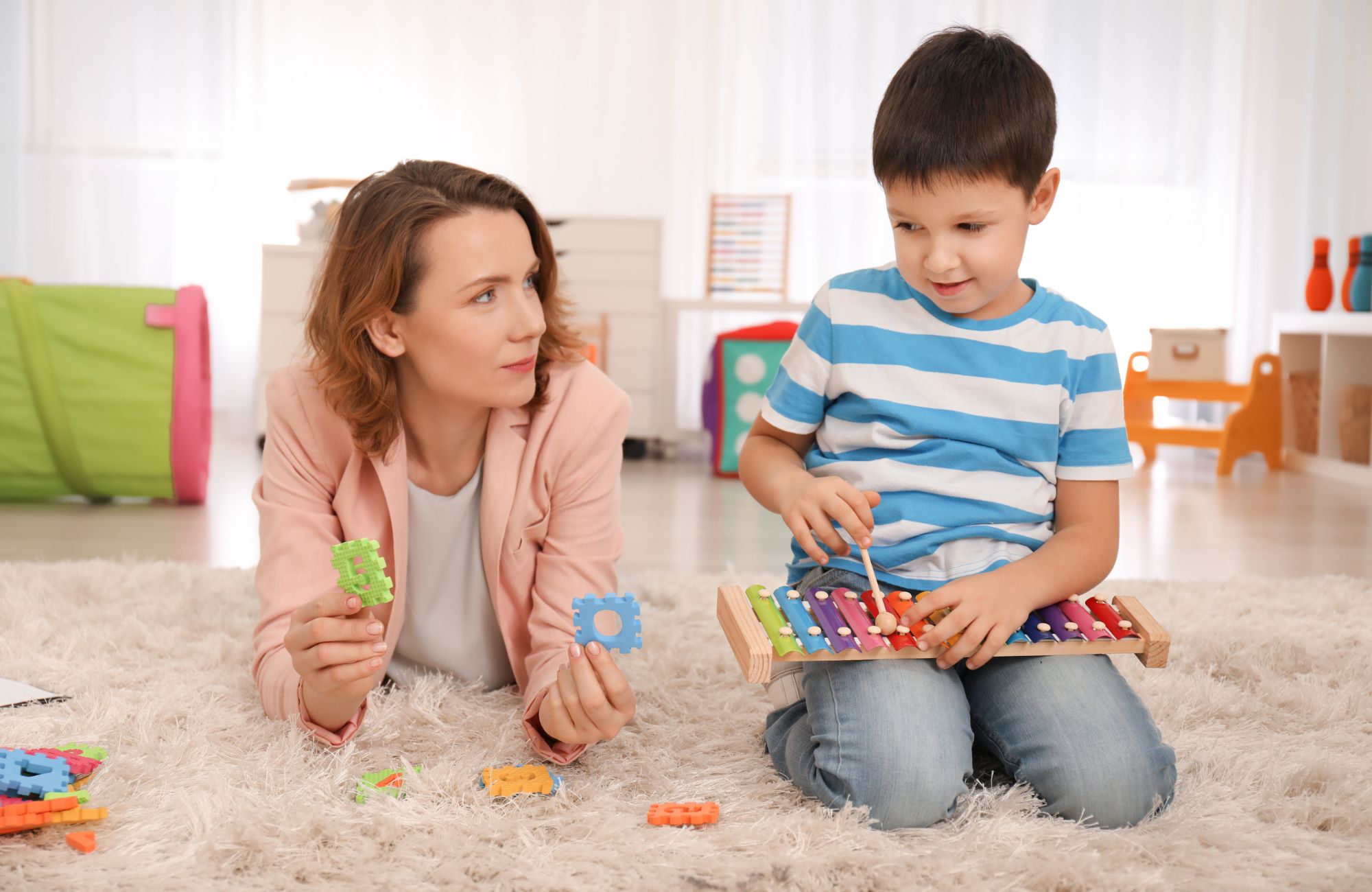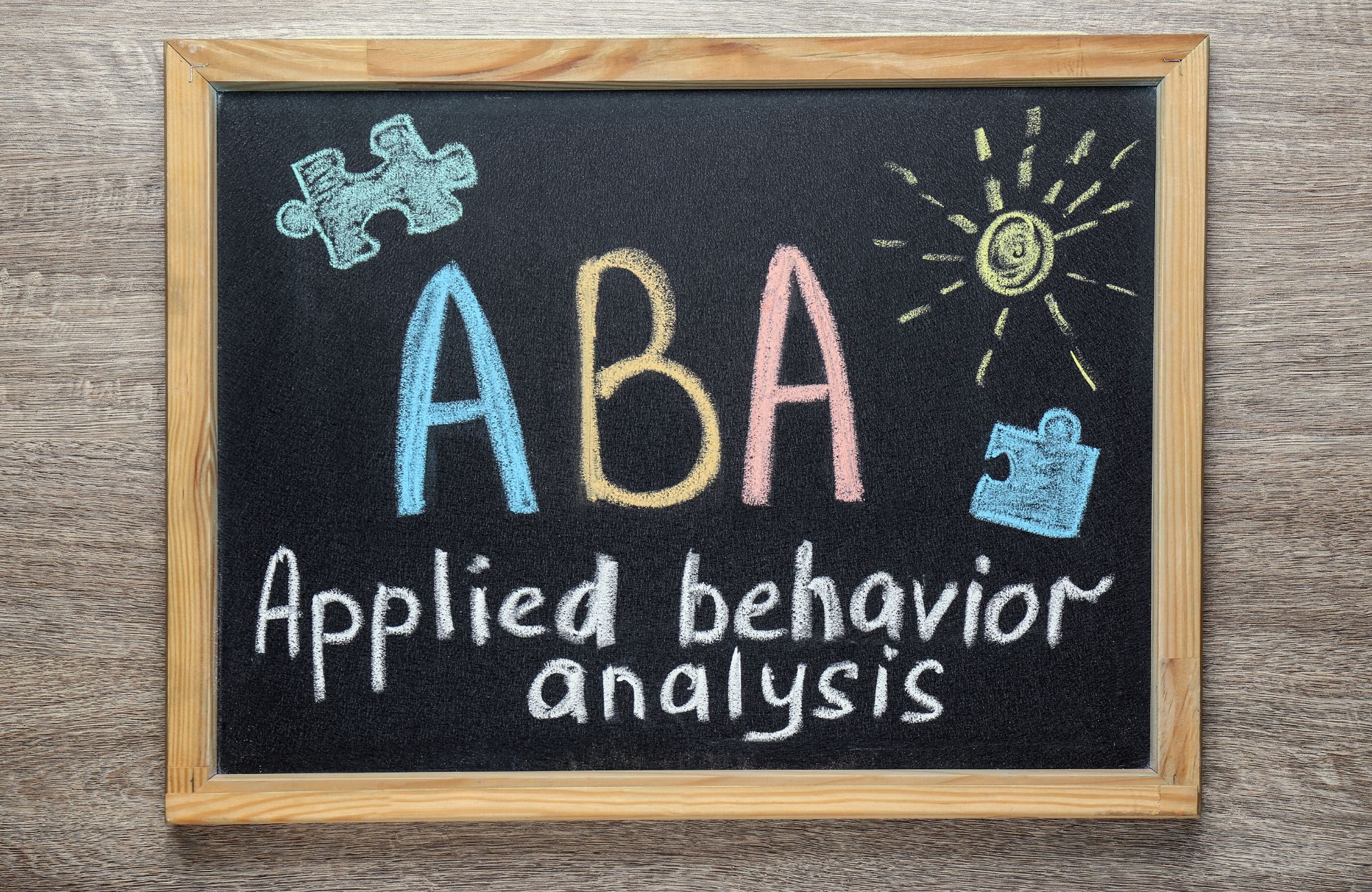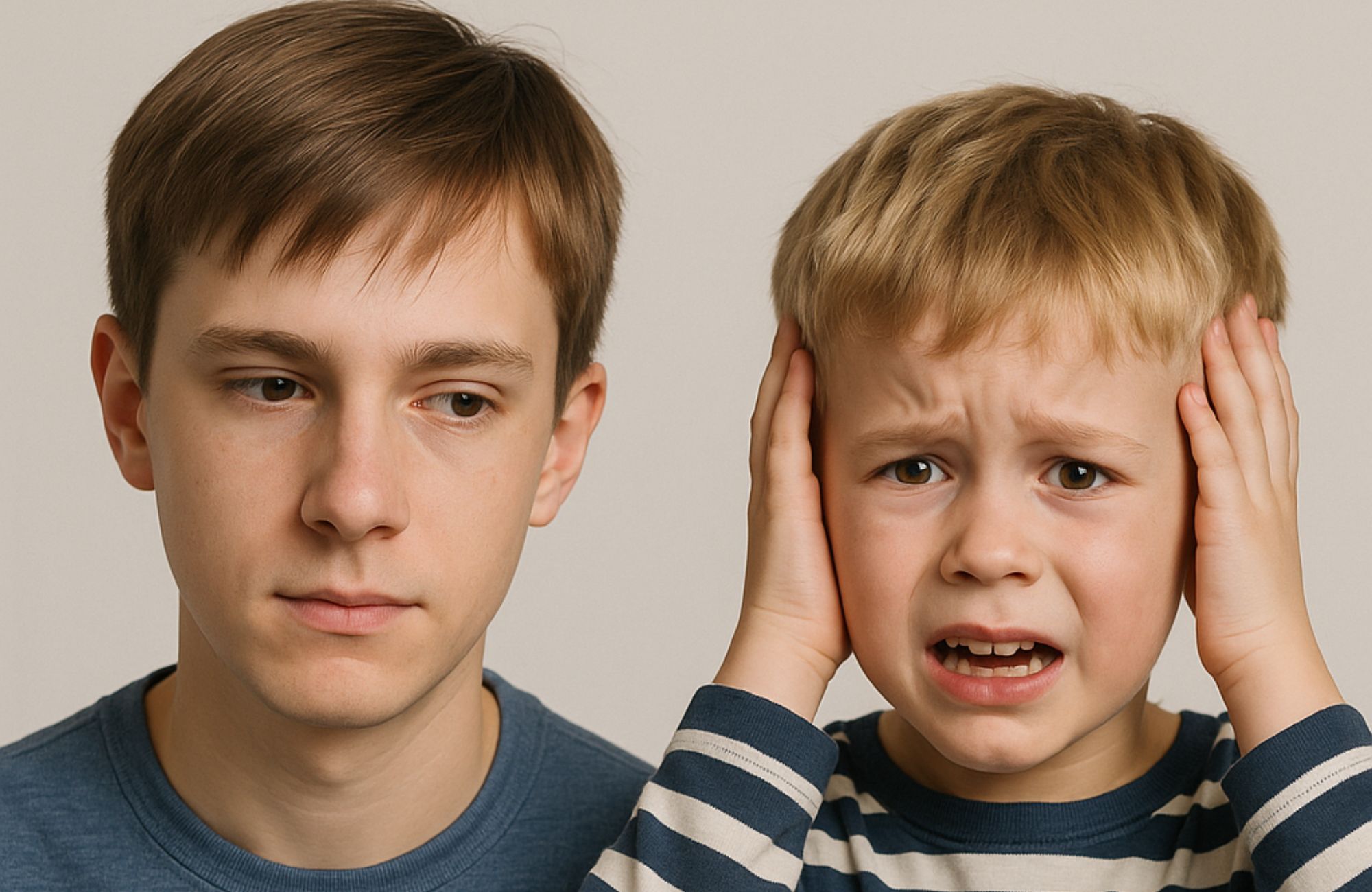What Does ABA Therapy Look Like? Understanding ABA Sessions
Applied Behavior Analysis (ABA) therapy is a widely recognized and effective treatment for children with Autism Spectrum Disorder (ASD). This therapy focuses on improving various aspects of a child’s life, such as communication, social interactions, daily living skills, and behavior management. If you’re wondering, what does ABA therapy look like, you’re not alone. Many parents and caregivers have this question as they seek to understand the process and benefits of ABA therapy for their children.
What Happens in an ABA Therapy Session?
A typical ABA therapy session is highly structured and individualized to meet the unique needs of each child. These sessions usually take place in a controlled environment, either in a clinic or at home, depending on the child’s treatment plan. The length and frequency of sessions vary but are often tailored to the child’s age, goals, and level of progress.
Structure of an ABA Therapy Session
In an ABA session, the therapist will usually start by setting clear goals that focus on specific behaviors or skills. The session is divided into smaller blocks of time dedicated to different activities, all designed to promote learning and behavior change.
- Session Duration: A typical ABA session can last between 1 to 3 hours, depending on the child’s age and the severity of their needs. For younger children or those new to ABA therapy, shorter sessions may be more effective in preventing fatigue.
- Environment: ABA therapy is often conducted in a distraction-free environment, such as a therapy room or the child’s home. However, some sessions may occur in a natural setting like a school, where social skills and everyday interactions are practiced.
- Focus Areas: ABA sessions target a variety of goals, including increasing functional communication, reducing challenging behaviors, and teaching new skills, such as toileting or social skills. These skills are broken down into smaller, manageable steps and taught through reinforcement techniques.
Role of the Therapist and Family in ABA Therapy
During each session, an ABA therapist plays a pivotal role in guiding the child through activities and reinforcing positive behaviors. The therapist is trained in various ABA techniques and uses these strategies to promote behavior change. The involvement of family members is also crucial. Parents and caregivers are often asked to continue reinforcing skills and strategies at home, ensuring the child’s progress is maintained outside of therapy sessions.
Key Techniques in ABA Therapy
ABA therapy uses a range of techniques to teach new skills and reduce undesirable behaviors. The primary focus of ABA is to understand the purpose behind a child’s behavior and modify it using positive reinforcement.
Discrete Trial Training (DTT)
Discrete Trial Training (DTT) is one of the most common methods used in ABA therapy. It involves breaking down skills into small, easy-to-learn steps, with each step being taught through a series of short, structured trials. This method is particularly effective for teaching skills like communication, social interaction, and self-care.
How DTT Works:
- Instruction: The therapist gives a clear, simple instruction or prompt.
- Response: The child responds to the instruction.
- Reinforcement: The therapist provides positive reinforcement if the child’s response is correct, which encourages repetition and learning.
Natural Environment Teaching (NET)
Natural Environment Teaching (NET) takes a more flexible approach by teaching skills in the child’s natural environment. This can include their home, school, or playground. The goal is to create learning opportunities during everyday activities, which allows children to generalize skills to real-life situations.
How NET Works:
- Skills are taught in the context of daily life, such as during play or conversation.
- The therapist uses the child’s interests as a tool to motivate learning, making it more engaging and relevant.
Positive Reinforcement
Positive reinforcement is a core principle in ABA therapy. It involves rewarding desirable behaviors to increase the likelihood that the behavior will be repeated. Rewards can range from verbal praise to tokens or small treats, depending on the child’s preferences.
Examples of Reinforcement:
- Praise: “Great job speaking clearly!”
- Tangible Rewards: A favorite toy or snack after completing a task.
- Social Rewards: High-fives, smiles, or other social acknowledgments.
Benefits of ABA Therapy for Children with Autism
ABA therapy is designed to improve many aspects of a child’s life. Research has shown that when implemented correctly, ABA can lead to significant improvements in social, communication, and behavioral skills. Below are some of the key benefits of ABA therapy:
- Improved Communication Skills: ABA therapy helps children develop better communication skills, whether verbal or through alternative methods like sign language or picture exchange.
- Social Skills Development: Through structured activities and play-based learning, children can develop important social skills, such as taking turns, making eye contact, and understanding social cues.
- Reduction of Challenging Behaviors: ABA therapy aims to reduce challenging behaviors, such as aggression or self-injury, by teaching alternative behaviors and reinforcing positive actions.
- Daily Living Skills: ABA also targets practical skills, such as brushing teeth, potty training, and feeding, to increase the child’s independence in daily life.
How Is ABA Therapy Personalized for Each Child?
One of the key strengths of ABA therapy is its ability to be tailored to the unique needs of each child. This is done through a personalized treatment plan that focuses on the child’s specific goals, interests, and developmental needs.
Individualized Treatment Plan
Each ABA therapy plan begins with an in-depth assessment of the child’s behavior, skills, and challenges. This assessment helps identify the child’s strengths and areas where they need support. Based on the results, an individualized treatment plan is created that targets specific behaviors and goals.
Elements of a Personalized Plan:
- Behavioral Goals: These could range from increasing language skills to improving daily living tasks.
- Assessment Tools: Tools like the Functional Behavior Assessment (FBA) are used to identify triggers for undesirable behaviors.
- Therapy Techniques: Specific ABA techniques, like DTT or NET, are chosen based on the child’s needs.
Tailored Interventions for Progress
As the child progresses, the therapy plan is adjusted to ensure that new challenges are introduced and skills continue to develop. This ongoing adjustment ensures that the therapy remains relevant and effective throughout the process.
Common Myths and Misconceptions About ABA Therapy
There are several misconceptions surrounding ABA therapy, many of which can confuse parents and caregivers. It’s important to clarify these myths to ensure a clear understanding of what ABA therapy truly involves.
Myth 1: ABA Therapy Is Too Rigid
Some people believe that ABA therapy is too rigid and “robotic,” focusing solely on repetitive tasks. However, ABA is a highly adaptable approach that is tailored to each child’s needs. It combines structured sessions with natural, play-based learning opportunities, making it both effective and engaging.
Myth 2: ABA Therapy Is Only for Young Children
While ABA therapy is often associated with early intervention, it is effective for children of all ages, including teenagers and adults. ABA techniques can be applied to address behaviors and skills across different age groups, making it a lifelong tool for managing autism.
How to Choose the Right ABA Therapy Provider
Choosing the right ABA therapy provider is essential to ensure that your child receives the best possible care. When selecting a provider, look for the following qualities:
- Certification: Ensure that the therapists are Board Certified Behavior Analysts (BCBAs), as this certification ensures that they have the necessary training and expertise.
- Experience: Look for a provider with experience in treating children with autism and a track record of success.
- Personalized Care: A good provider will tailor the treatment plan to your child’s specific needs, using a variety of ABA techniques to achieve the best outcomes.
Conclusion: What Does ABA Therapy Look Like
ABA therapy is a proven, evidence-based approach to supporting children with Autism Spectrum Disorder. It focuses on enhancing communication, social skills, and overall behavior while providing measurable results. Whether it’s improving daily living skills or reducing challenging behaviors, ABA offers significant long-term benefits when applied correctly. Through techniques like natural environment training and behavior analysis, ABA services can also improve social interactions and teach important life skills that children will carry with them into adulthood.
At Affinity ABC, we specialize in providing ABA therapy that is tailored to each child’s unique needs. Our evidence-based approach focuses on improving essential skills like communication, social interactions, and behavior management through proven techniques. If you’re wondering what ABA therapy looks like for your child, we’re here to guide you through the process with personalized care and expert support. Contact us today to learn more about how our ABA therapy services can make a difference in your child’s life.
FAQs: What Does ABA Therapy Look Like
What Do ABA Sessions Look Like?
ABA therapy sessions are structured with specific goals, frequent reinforcement, and a focus on skill development. Sessions typically take place in a controlled environment and involve a mix of structured activities and play-based learning.
What Is an Example of ABA Therapy?
An example of ABA therapy includes teaching a child how to communicate using simple words or signs. The therapist reinforces successful communication attempts with praise or rewards. Over time, the child learns to generalize these communication skills to different situations, enhancing their ability to interact with others and meet their needs.
What Do You Do During ABA Therapy?
During ABA therapy, the therapist works with the child on various skills, including communication, social interactions, and daily living tasks. Furthermore, the therapist uses positive reinforcement and tailored activities to encourage learning.
What Does ABA Therapy Actually Do?
ABA therapy helps children with autism develop essential skills by using structured, evidence-based techniques. Furthermore, it focuses on improving communication, reducing problem behaviors, and increasing independence through positive reinforcement.
